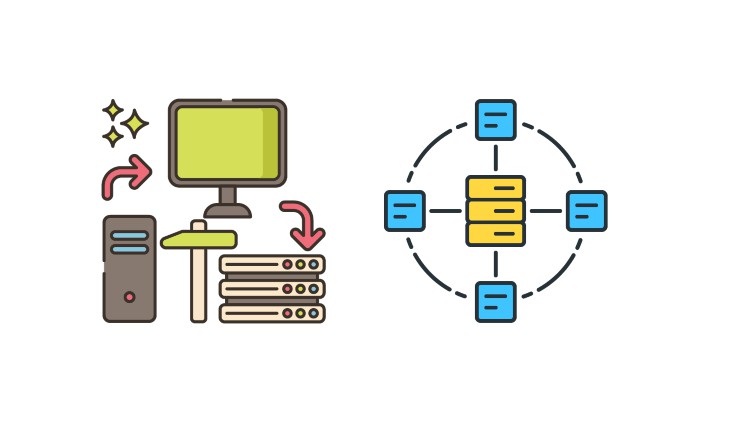SQL Data Exploration for beginner Data Analyst
Hands-on Beginner Data Exploration Project for Aspiring Data Analyst.
4.75 (12 reviews)

130
students
1.5 hours
content
Mar 2022
last update
$49.99
regular price
What you will learn
Create Database Table Joins
Create Common table expression - CTE
Use Windows function to perform calculations on data
Use Aggregate functions to return aggregated data
Create and query views
Perform data type conversions
Explore Real World Covid DataSets
Write SQL Queries to get answers from the database
Related Topics
4593490
udemy ID
3/12/2022
course created date
3/16/2022
course indexed date
Angelcrc Seven
course submited by